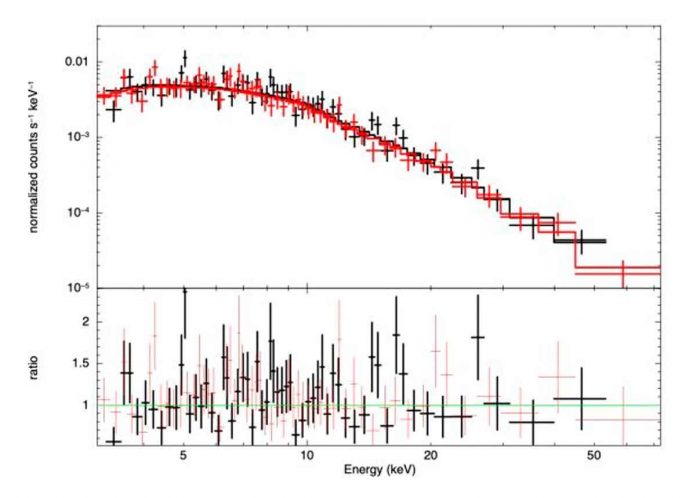Astronomers have inspected flaring activity observed on a blazar known as S5 1803+78. They have used various space and ground-based observatories. The study has been published on the arXiv pre-print server. The study shed more light on the properties of this source.
Blazars are very compact quasars associated with supermassive black holes (SMBHs) at the centers of active and giant elliptical galaxies. They belong to a larger group of active galaxies that host active galactic nuclei (AGN). They are also the most numerous extragalactic gamma-ray sources. Their characteristic features are relativistic jets pointed almost exactly toward the Earth.
Astronomers divide blazars into two classes, based on their optical emission properties. These are flat-spectrum radio quasars (FSRQs) that feature prominent and broad optical emission lines and BL Lacertae objects (BL Lacs) which do not feature prominent and broad optical emission lines.
S5 1803+78 is a low-synchrotron peak (LSP) blazar of BL Lac type, at a redshift of 0.684. It showcases a periodicity of 6 years and is linked to the helical jet motion. Previous observations have detected several large flares of this blazar on a possible timescale of about 3.5 years.
Shruti Priya of the Indian Institute of Technology in Kharagpur, India and her team decided to conduct a multi-wavelength observational campaign of S5 1803+78to better understand its flaring behaviour. They employed several spacecraft and telescopes which includes NASA’s Swift, Fermi and NuSTAR.
Scientists managed to identify three flaring states of this source, by analyzing the gamma-ray light curve of S5 1803+78. They investigated the flaring episodes along with the pre-flaring region since September 1, 2019. A major flare was recorded in April 2020 and it was followed by more flaring episodes. The fastest variability timescale was found to be 0.95 days and no significant correlation between gamma-ray, radio and also X-ray has been identified.

